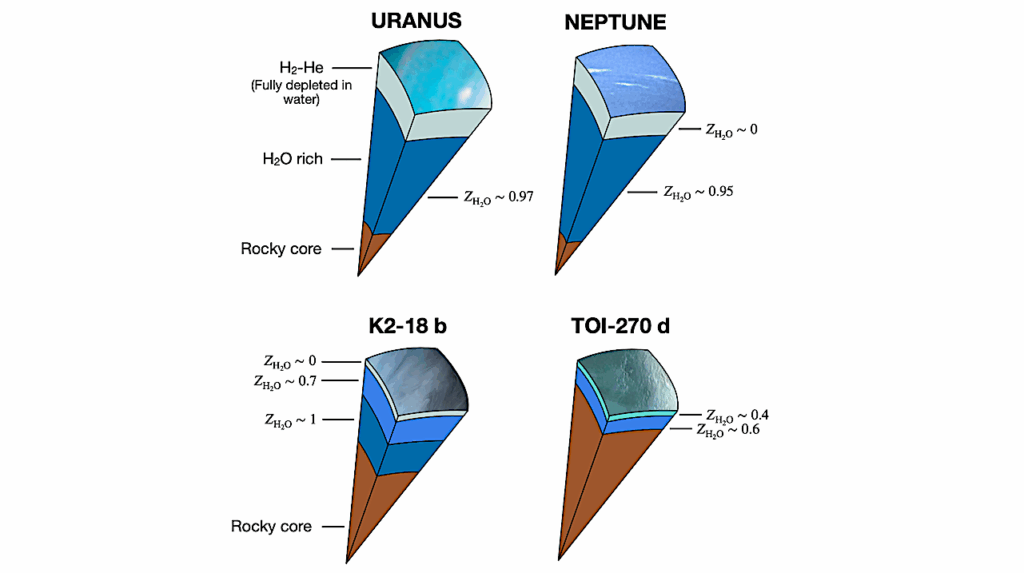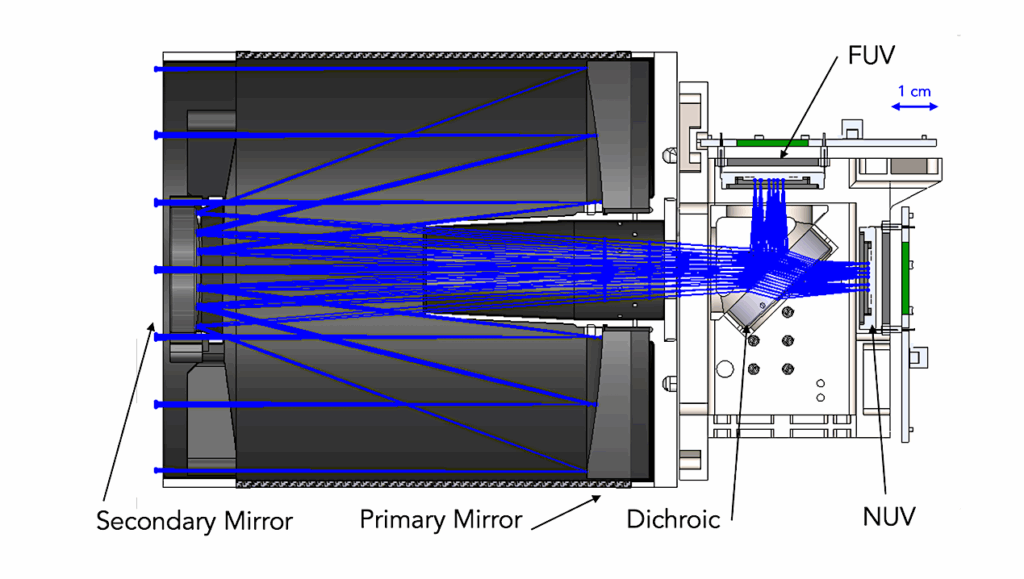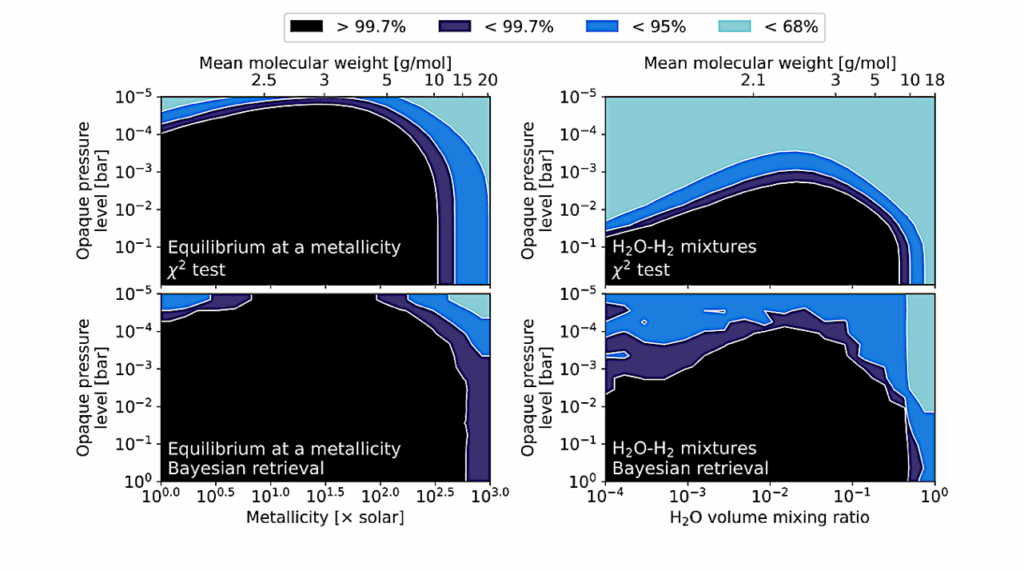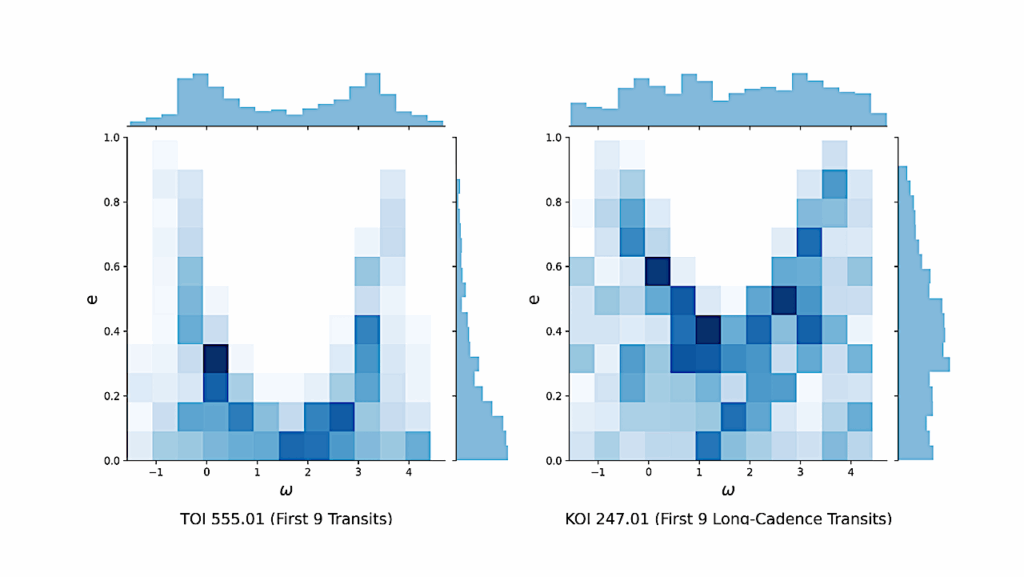A Primordial Radius Valley As A Consequence Of Planet Formation
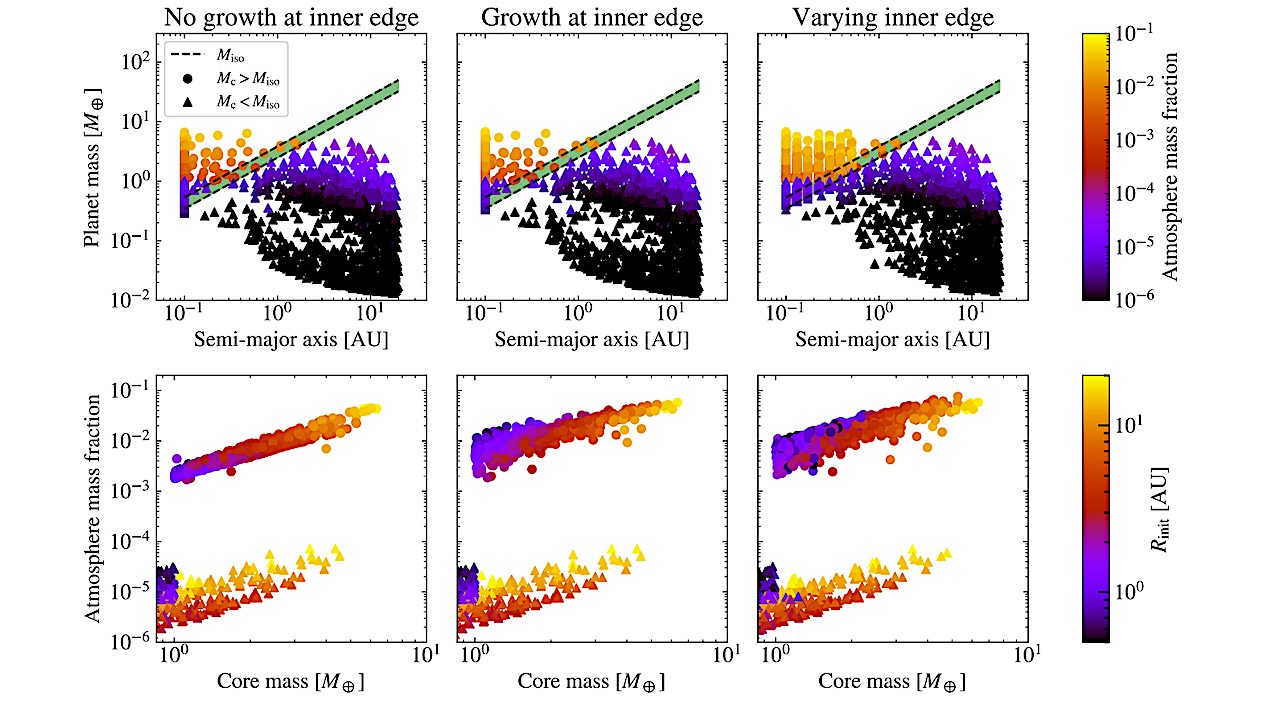
The radius distribution of close-in planets has been observed to have a bimodal distribution with a dearth of planets around ~1.5-2.0 R⊕ commonly referred to as the ”radius valley”.
The origin of the valley is normally attributed to mass-loss process such as photoevaporation or core-powered mass loss. Recent work, however, has suggested that the radius valley may instead arise as a consequence of gas accretion by low-mass planets. In this work we therefore aim to investigate the formation of a primordial radius valley from the formation of planet cores through pebble accretion up until the dissipation of the protoplanetary disc and subsequent contraction of accreted atmospheres.
The goal of this work is to explore the conditions for forming a primordial radius valley from first principles of planet formation theory, rather than attempting to explain the detailed structure of the observed valley. We use an analytical model with minimal assumptions to estimate the contraction rate of atmospheres and, indeed, find the formation of a primordial radius valley.
The planets smaller than the valley did not reach the pebble isolation mass, which is required for the planets to cool down sufficiently to be able to accrete a significant amount of gas. We also estimate the slopes of the radius gap as a function of orbital period for the intrinsic population as well as for planets with orbital periods <100 days. For the intrinsic population, the radius gap follows the pebble isolation mass and increases with increasing orbital period, while for close-in planets the direction of the slope reverses and decreases with increasing orbital period.
We find that planets smaller than the radius valley are predominantly rocky while the population of planets larger than the valley consists of a mixture of rocky and water-rich planets.
Jesper Nielsen, Anders Johansen, Komal Bali, Caroline Dorn
Comments: 24 Pages, 23 Figures, accepted in A&A
Subjects: Earth and Planetary Astrophysics (astro-ph.EP)
Cite as: arXiv:2502.10186 [astro-ph.EP] (or arXiv:2502.10186v1 [astro-ph.EP] for this version)
https://doi.org/10.48550/arXiv.2502.10186
Focus to learn more
Submission history
From: Jesper Nielsen
[v1] Fri, 14 Feb 2025 14:25:02 UTC (1,649 KB)
https://arxiv.org/abs/2502.10186
Astrobiology,


